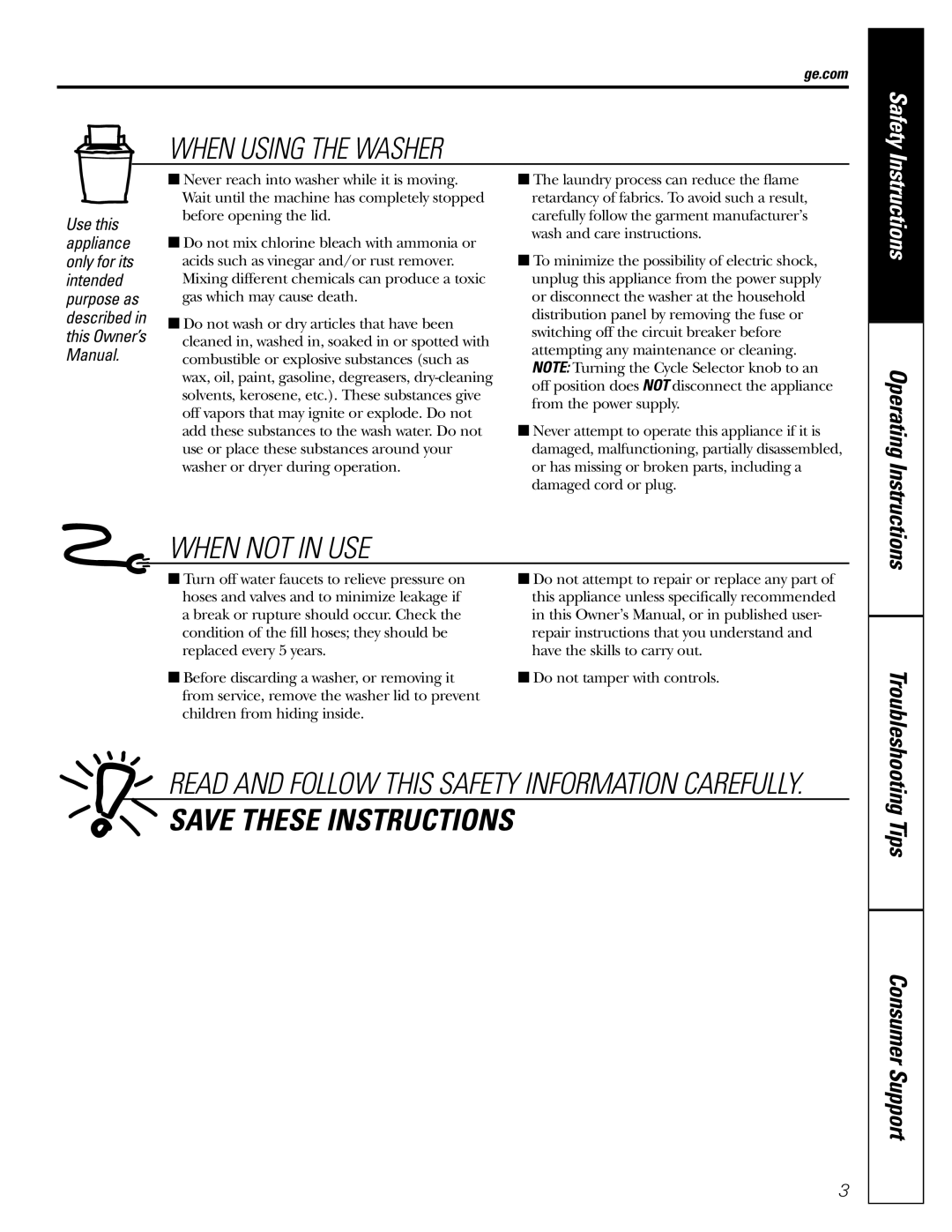S2100, S3700, S5200, S8000 specifications
General Electric (GE) has a long-standing reputation for innovation in industrial technology, particularly with its range of turbine solutions. Among these, the S8000, S5200, S3700, and S2100 turbines stand out for their advanced features, robust design, and versatile applications.The GE S8000 is designed for large-scale power production, providing a reliable solution for utilities and independent power producers. With a capacity that often exceeds 900 MW, the S8000 utilizes advanced aerodynamics and heat transfer technology, enabling it to achieve impressive thermal efficiencies. Its gas path design minimizes emissions while optimizing performance, making it an ideal choice for energy producers focusing on sustainability.
The S5200, on the other hand, is tailored for medium-sized power plants. Its modular architecture allows for flexibility in installation and maintenance, which significantly reduces downtime. The S5200 boasts a high degree of reliability, benefitting from extensive testing and proven field performance. The turbine's design incorporates advanced materials that endure high temperatures and stress, thus extending its operational lifetime and reducing maintenance costs.
The S3700 turbine is engineered for both industrial and utility applications. It is characterized by its quick-start capabilities, making it suitable for peaking applications or backing up renewable energy sources. The S3700 integrates cutting-edge control systems that optimize the combustion process, enhancing efficiency and reducing environmental impact. This adaptability makes it a favorite in regions transitioning to cleaner energy sources.
Lastly, the S2100 is designed for smaller-scale applications where space constraints and lower power demands are considerations. Despite its smaller footprint, the S2100 delivers robust performance, often found in district heating or smaller grid applications. It features low emissions and operates efficiently even under partial load conditions, providing a reliable power output in varied operational scenarios.
In summary, GE's lineup of S8000, S5200, S3700, and S2100 turbines showcases a diverse range of solutions to meet the evolving demands of the energy market. Each model boasts unique technologies tailored for specific applications, from large-scale energy generation to smaller, more flexible installations. From efficiency to sustainability, these turbines exemplify GE's commitment to advancing power generation technologies for a cleaner and more reliable energy future.

